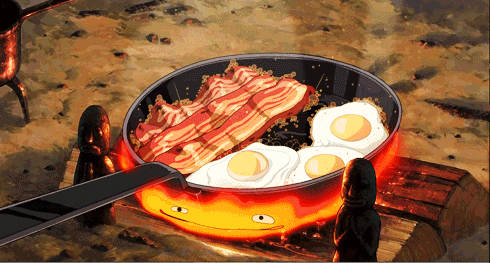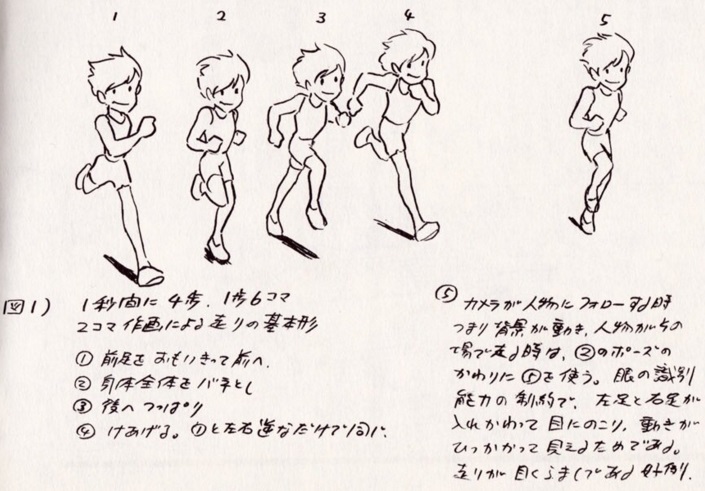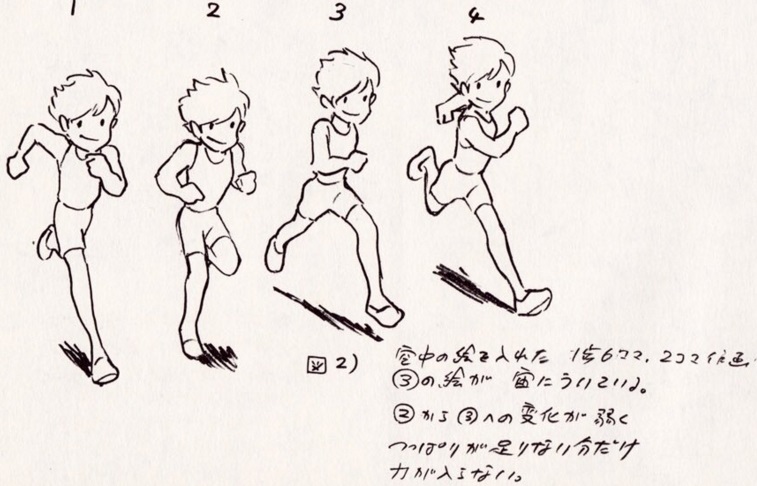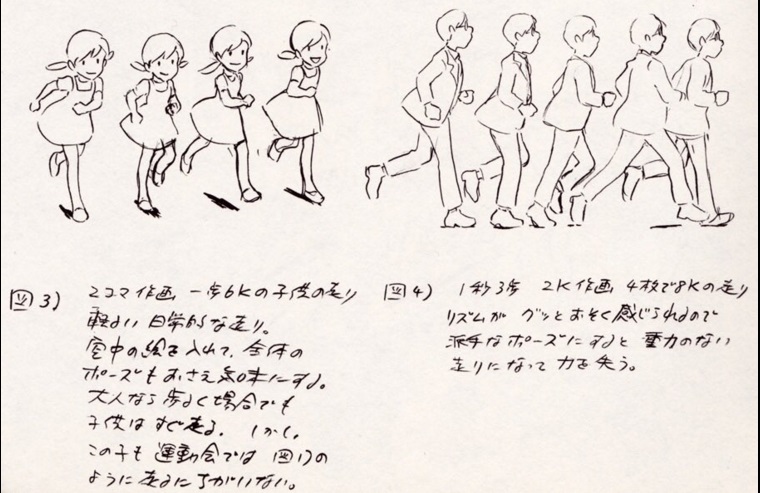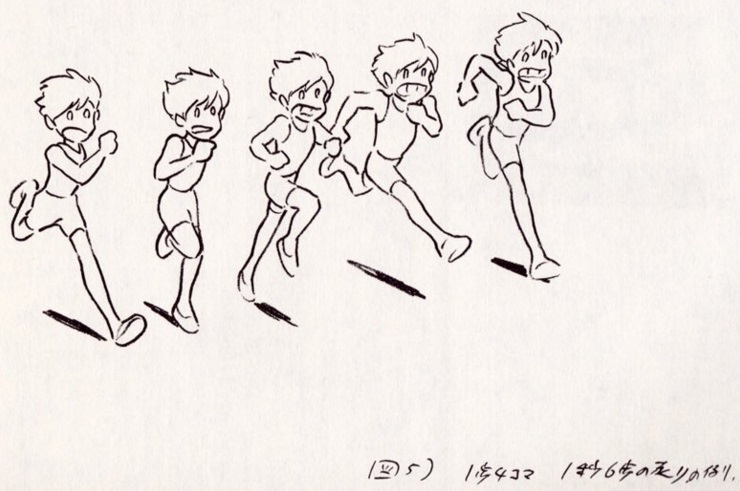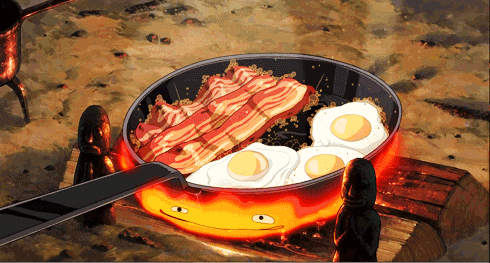Here’s a little exercise:
Spend five minutes recording yourself recapping everything you know about Japanese history.
(International Studies majors and Japanese citizens, please sit this one out.)
Most of us will wind up with a pastiche that’s heavy on pop culture and relatively recent events. The average Japanese schoolchild should have no difficulty identifying the glaring holes and factual errors in our narratives.
If this idea amuses you, you’ll likely enjoy American History, above, South Park creator Trey Parker’s early animated short, a 1993 Student Academy Award silver medalist.
Parker’s Japanese-born University of Colorado classmate, Junichi Nishimura, provided the narration, beginning with Christopher Columbus in 1492 and ending with the “Japan bashing” 41st president, George H.W. Bush. Highlights along the way include the Salem Witch Trials, the Boston Tea Party, the assassinations of Presidents Lincoln and Kennedy, Leave It to Beaver, and that time Bush barfed at a state dinner hosted by Japanese Prime Minister Kiichi Miyazawa.
He also remembers the Alamo, proving one Reddit wag’s hypothesis: If there’s one thing people remember about the Alamo, it is to remember the Alamo…
And then….
Parker and another classmate, Chris Graves, his soon-to-be DP on Cannibal: The Musical, animated the results using the most rudimentary of paper cut outs. It’s easy to spot the fledgling South Park style, as well as Python animator Terry Gilliam’s influence. This may be American history, but the anonymous top hatted hordes bear an awfully close resemblance to South Park’s resident Canadians, Terrance and Phillip.
If the phonetic spellings of non-native speaker Nishimura’s pronunciation makes you uncomfortable, it’s worth noting that he not only worked as an animator on South Park, but also represented his country by playing “President” Hirohito on the extremely funny (and NSFW) “Chinpokomon” episode.
American History will be added to the Animation section of our collection,
via BoingBoing
Related Content:
The Zen Wisdom of Alan Watts Animated by the Creators of South Park, Trey Parker and Matt Stone
John Green’s Crash Course in U.S. History: From Colonialism to Obama in 47 Videos
Ayun Halliday is an author, illustrator, and Chief Primatologist of the East Village Inky zine. Read her most recent drama-in-real comic on Narratively. Follow her @AyunHalliday
